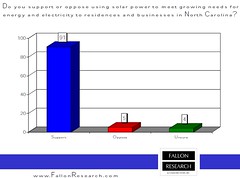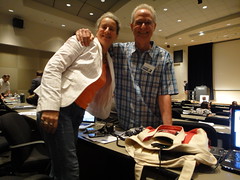 SolarCity does
everything from financing to design, installation, monitoring, and maintenance.
SolarCity does
everything from financing to design, installation, monitoring, and maintenance.
SolarCity’s founders are all IT people. The most famous is perhaps Elon Musk, who also founded Paypal and SpaceX. Two other co-founders sold their previous company to Dell, and SolarCity just got a $280 million investment from Google. I’ve been comparing the solar market now to Silicon Valley 20 years ago, because of how fast it’s growing, how pragmatic and experimental it is, and the general attitude of the people. It turns out in SolarCity it is Silicon Valley.
Will Arnold talked a lot about state incentives that sometimes seemed perpetually going to be solidified soon or other regulatory whims.
He remarked that SolarCity’s leases were predicated on people Continue reading









